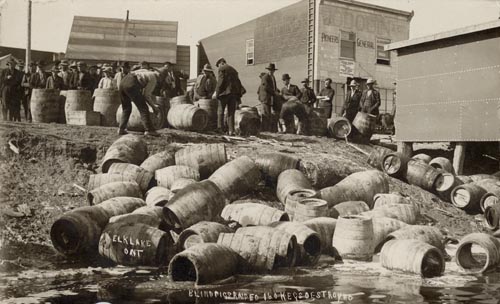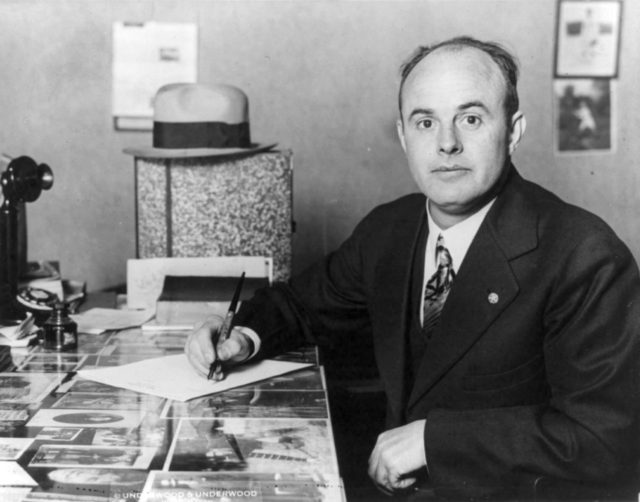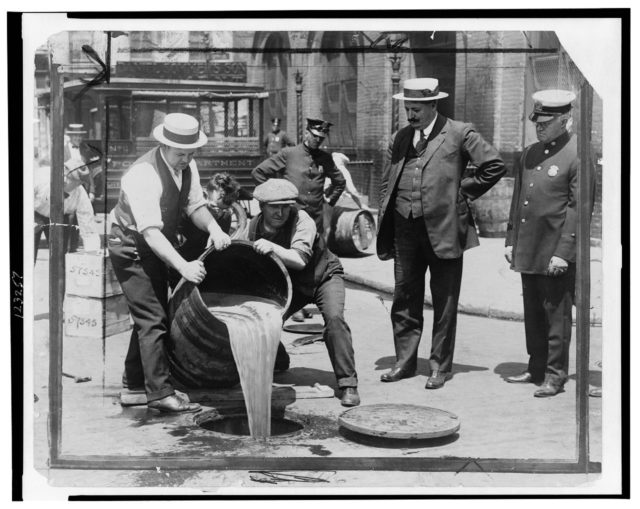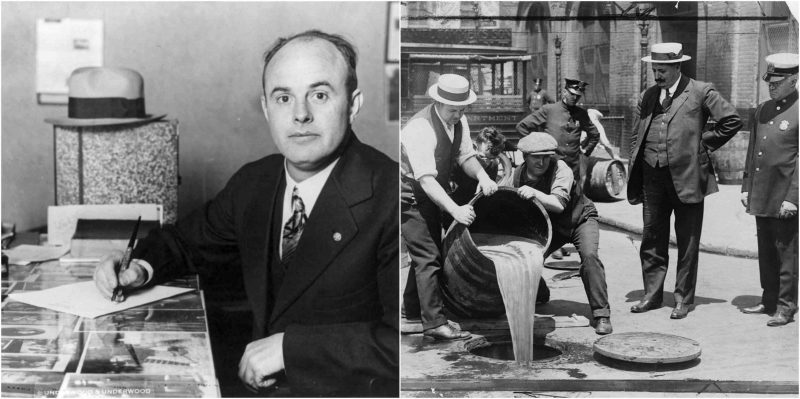Back in 1920, America went “Dry” in order to lower the crime and death rates, but we all know that quite the opposite happened; people drank more than ever and organized crime received a major boost from Prohibition. Mafia groups limited their activities to prostitution, gambling, and theft until 1920, when organized bootlegging emerged in response to Prohibition. A profitable, often violent, black market for alcohol flourished. Prohibition provided a financial basis for organized crime to flourish. Just when you think that this period could not be more ironic, we found out about the man who was nothing less than the private Congressional bootlegger; yeah, there was a man who sold illegal alcohol to the people who made the alcohol illegal at the first place.

George L. Cassiday, Sr. was one of the leading Congressional bootleggers during National Prohibition. Known as “the man in the green hat,” he sold liquor for ten years to congressmen and senators.
Cassiday operated out of the Cannon House Office Building from 1920–1925, then shifted to the Russell Senate Office Building after his 1925 arrest, as he noted that senators were more discreet. After his final arrest in February 1930, Cassiday agreed to stop bootlegging. That fall, he agreed to write a series of six articles for The Washington Post. With the exception of naming names, he told his entire story, including how he got his start, where he bought the booze, how he smuggled it in, and how Congress gave him an office to work out of. The series ran October 24–29, 1930 (the Post ran an introductory article on October 23). The final article ran exactly one week before the midterm election day.

Cassiday met most members of Congress during his ten years bootlegging. He wrote, “As the result of my experience on Capitol Hill since prohibition went into effect I would say that four out of five senators and congressmen consume liquor either at their offices or their homes.”
Cassiday concluded his article series by declaring that he was giving up bootlegging. He accepted responsibility, but said that Congress was likewise culpable. “Considering that I took the risk and did the leg work from 1920 to 1930, I am more than willing to let the general public decide how I stack up with the senator or representative who ordered the stuff and consumed it on the premises or transported it to his home.” Cassiday’s articles in The Washington Post were a contributing factor to the Republican defeat in the 1930 midterm election. The dry Republican majority was ousted, and replaced by a wet Democratic majority that supported the repeal of Prohibition.

After his 1930 arrest, Cassiday was convicted of a felony and sentenced to eighteen months in jail. He never spent a night in prison, as he was allowed to sign out every night and sign back in the next morning. He went on to work in a shoe factory and several hotels in the Washington area. He died in 1967 at age 74. Cassiday’s second wife destroyed the “black book” that Cassiday used to keep track of customers and their purchases. He never revealed who his customers were – beyond admitting that it was most of Congress.
